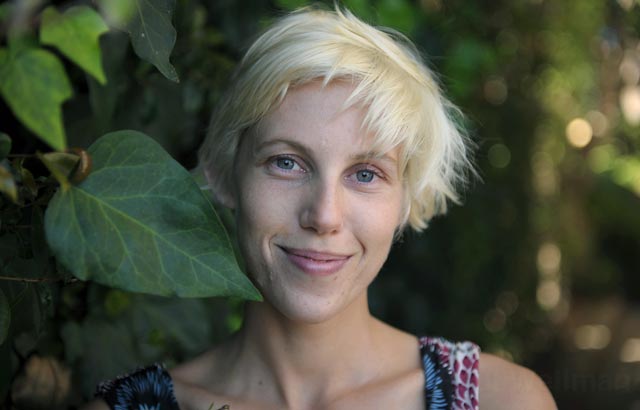Most Sacred City in All of India
Diversity and Tolerance the Hallmarks of India
Varanasi, Uttar Pradesh, India:
Thirty minutes in Varanasi is equal to a whole day spent in Agra. Such is the intensity of the religious fervor in Varanasi, the city of light, the most sacred of cities in all of India, standing in stark contrast to the dry and dusty former capital of the Mughal Empire. Yet they are only an overnight train apart.

I spent a day in Agra visiting the Taj Mahal, Agra Fort, and L’timad-ud-Daulah or the Baby Taj, as the Hindus call it. These are old monuments, full of history and memories. My guide was an old man of Mughal descent, with blue eyes slowly fading to black with age. Aziz is his name, and although I had no need of a guide I was curious to meet someone who lives in a city made famous solely by its history and monuments.
Everyday thousands of visitors fill Agra and squeeze into the Taj, only to leave that same night, as I have, by overnight train to Varanasi. Agra, as a result, seems desolate. There is desperation to the rickshaw drivers, the vendors; even the dogs seem more on edge. What is it like to live in a city where no one stays longer than a day or two, I wonder? No longer a city of magnificent art, music, and culture, its glory days ended when the British turned Agra Fort into barracks for their troops. Aziz told me the story of Akbar the Great, and how he honored the three religions of India – Hindu, Islam, and Christianity – by marrying a princess of each one. Such religious tolerance and clever diplomacy is intrinsic to the Indian tradition.
In an effort to escape the crowds of package-tourists and the heat of the day I found an auto-rickshaw driver to take me to the Baby Taj. It is a memorial built by the beautiful and clever Persian queen Nur-Jahan, in honor of her parents. It is one of the earliest if not the earliest example of the use of white marble as a building material, made famous by the Taj Mahal. We zoomed outside of the city and onto the other side of the river Yamuna. Far away from the Taj and the hordes of tourists, Agra seemed to come more alive. A colorful market of fruits and veggies stretched alongside the road as music blared from huge speakers.
Afterwards I watched the sunset from a remote spot on the Yamuna, facing the back of the Taj. A family of dogs played around me, and the sunset colors reflected on the pearly marble. Suddenly a tourist bus arrived and a medley of camera-toting tourists tumbled out. They shot photos frantically as the light began to change and I wondered how much of the Taj, and surrounding area, they actually saw. A tribal man and his family appeared from around the corner of the river. Three women dressed in bright saris, balancing on their heads bundles of sticks and dung to burn for fuel, passed by. The man came last, pulling along a black and white goat. The cameras changed direction.
The sun set and I caught my train. It was quick and smooth, and it gave me a chance to reflect on the diversity and tolerance that is the hallmark of India, where at least six strong religions exist in peace side-by-side. Nowhere is this perhaps as saliently demonstrated as in Varanasi.
A shock of smells greeted me as I stepped off the train. Air heavy with incense and the stench of decay, animals, excrement, flowers, and exhaust. The noise of the city is deafening. Before I even left the train station, I spotted a stall selling sweet coconuts and items for worship. Varanasi is a city built around worship, it is an essence city, the whole cosmos of India is represented here. Pilgrims come from far and wide to worship in Varanasi and thereby forgo the need for any further pilgrimage. To worship in Varanasi is to have worshipped in all other temples and sacred sites in India. Muslim, Hindu, or Christian, there is something for everyone.
Within a few hours of arriving, I had already seen the bodies burning at the cremation grounds, taken prasad from a Sadhu, gone shopping for silk, and been accosted by a seeming thousand street children. A visit to the present day Golden Temple, the most holy of Siva temples in Varanasi, and still very much in use, brings me right next door to the impressive Gyanvapi Mosque. Cell phones and cameras are not allowed close to either of these monuments, for fear of modern extremists.
Pools of green muck swirl on the surface of the Ganga but, oblivious, the Hindus nevertheless bathe in the sacred river in the early mornings. Piles of trash abound, and I have never seen so many cattle, goats, dogs, and water buffalo living together amidst frenetic traffic.
Such is the nature of Varanasi: hyper India. Extremes abound and there is no sense to it. Everything is possible and everything is tolerated. Benares (Varanasi) is wherever you are, the old saying goes.



